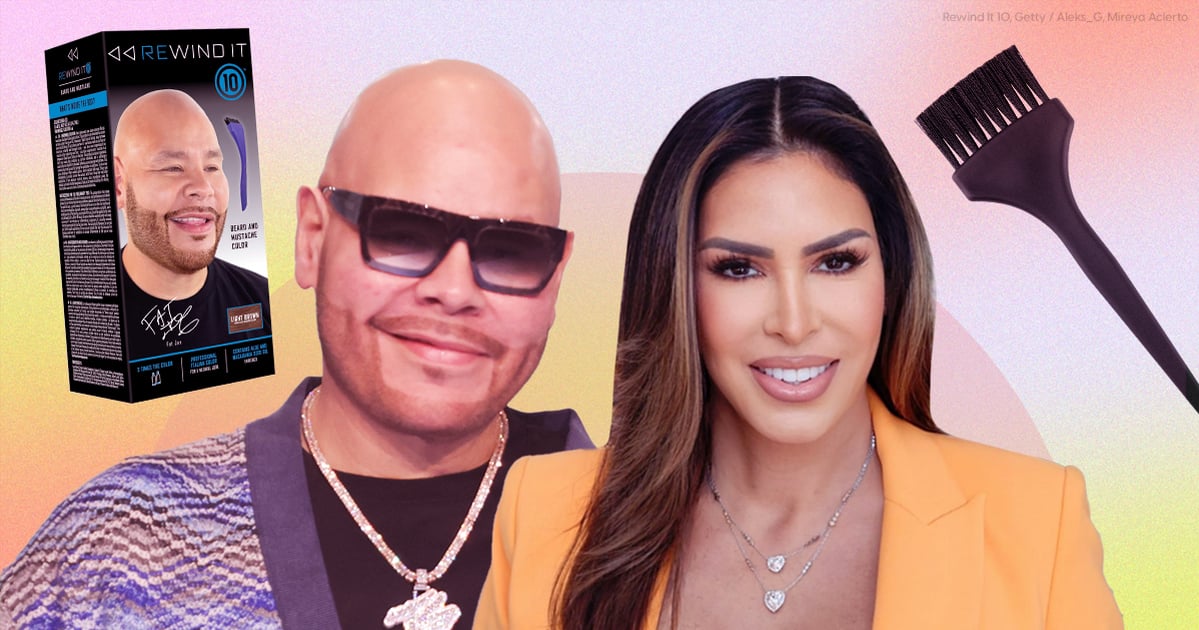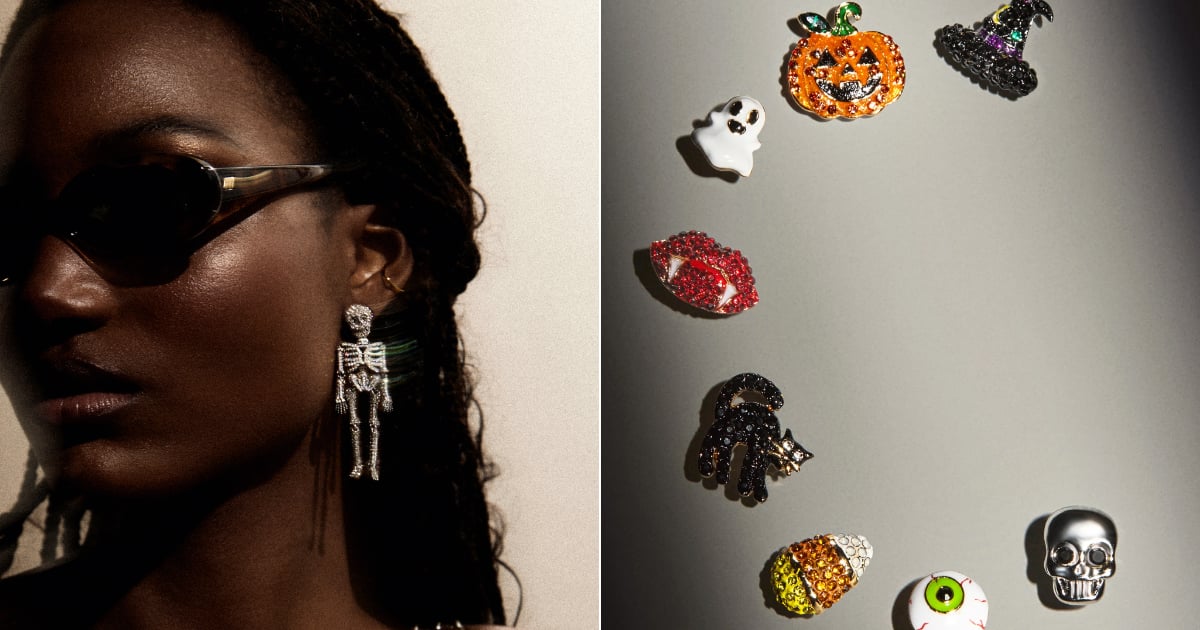For a brief moment, it felt like we were serious about celebrating bodies of all sizes. At least before the internet decided thinness was officially back en vogue. “Five things I do slash eat in a day to stay skinny,” one TikTok creator says in a now-viral series with millions of views and plenty of problematic advice. The TikToks elicit thoughtful critiques, but it’s not quite enough to stop the size-centered ethos from spreading. In fact, some commenters are commending these creators for being bold enough to say the quiet part out loud: people are tired of pretending they don’t want to be skinny.
This shift seems strange considering just a few years ago, companies like Aerie and Fenty were threatening to put less inclusive brands out of business. Now, companies like Miaou, Old Navy, and Forever 21 are slowly scaling back on their plus-sized clothing like it’s an unsightly trend – outdated and onerous. “I’m sitting here scratching my head like, ‘How are we here?'” one creator said in a TikTok about the fatphobia she’s been seeing online. “I feel like we’re living back in the early 2000s.”
“I feel like we’re living back in the early 2000s.”
To her point, we now watch as a handful of formerly body-positive celebrities and influencers return from months-long hiatuses in smaller bodies, touting an entirely new attitude towards health and wellness (and carefully ignoring a comment section begging for their workout routine). Instead of moving towards more body diversity in fashion, runways continue to grow smaller and smaller, including NYFW 2023. According to data from Vogue Business, out of 9,137 looks from the autumn/winter season, only 0.6% were worn by plus-size models. That’s not to mention the skyrocketing prescriptions for weight loss medication like Ozempic and Wegovy (up 40% in the last five years).
While BMI is problematic when used as a sole indicator of health, when we consider that more than 100 million adults in the US have a BMI of 30 or higher, and over 22 million have a BMI of 40 or higher (per the CDC), the rising interest in thinness seems more like a lofty aspiration than a direct reflection of the population. It begs the question: why are we fighting so hard to maintain such a problematic standard? And why are body sizes allowed to float in and out of the trend cycle like a pair of designer skinny jeans?
No matter what the internet tries to tell you, your body isn’t something you need to mold to fit the latest aesthetic (“Pilates arms,” “legging legs,” etc.). Plus, many of these thin bodies can only be achieved through expensive medication, dietitians, trainers, and access to healthy food. It’s not a realistic standard for everyone, nor is it the desired standard for everyone – and it definitely shouldn’t be promoted as such.
When we notice body size being treated like a trend, it’s important to remember that work is still being done in pursuit of representation, fat liberation, and body inclusivity. Organizations like the National Association to Advance Fat Acceptance (NAAFA) and the Association for Size Diversity and Health (ASDAH) actively fight against size discrimination and continue to advocate for people in larger bodies every day. While the culture may have regressed in some areas of acceptance and inclusivity, not all progress has been lost.
At the end of the day, bodies are not something you can slip in and out of like a peplum top (talk about trends we don’t need to bring back). Rather than tearing them down, we should remember how to uplift them – and keep them far away from the trend cycle.
Chandler Plante is an assistant editor for PS Health & Fitness. Previously, she worked as an editorial assistant for People magazine and contributed to Ladygunn, Millie, and Bustle Digital Group. In her free time, she overshares on the internet, creating content about chronic illness, beauty, and disability.




